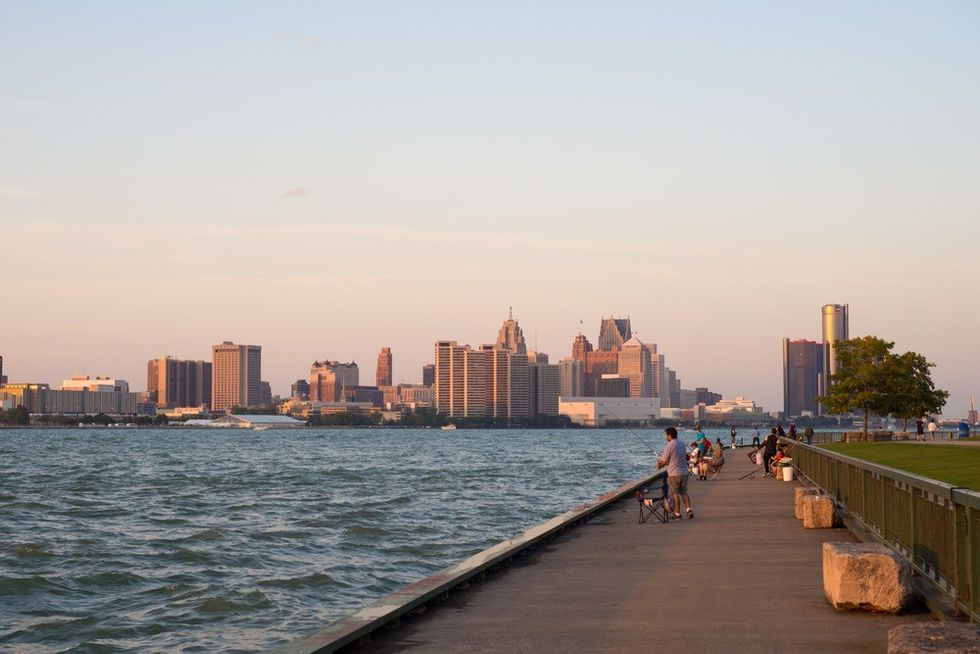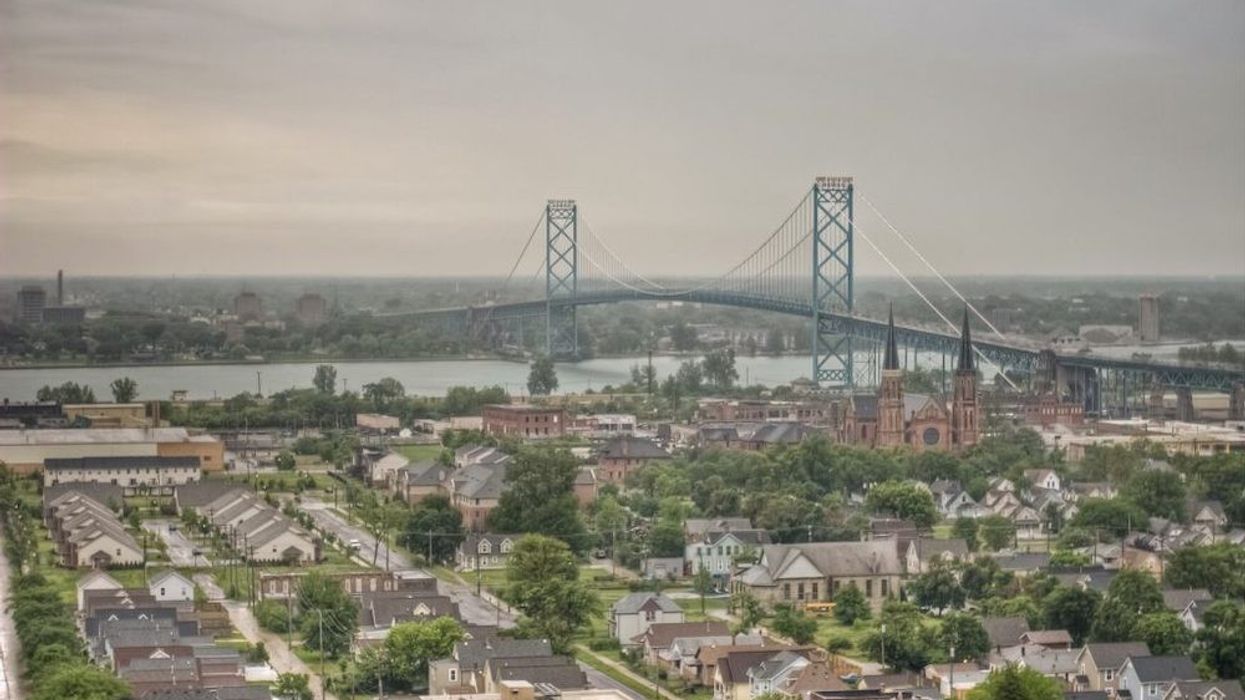Windsor, Ontario is having a major moment on the real estate front.
The once underdog city -- historically characterized by a stagnating economy, high unemployment rate, and subsequent exodus of young people in search of more thriving urban centres -- has sprung back to life since the onset of the pandemic.
Well, at least, with respect to its real estate, it has.
Inspired by a re-evaluation of living spaces and a newfound desire for more space to live and work, a large number of people have packed their bags and left urban centres in favour of smaller towns and cities -- and Windsor is apparently an attractive option. The city’s red-hot market shows no signs of slowing down, even with rising interest rates.
“Considering the hot start to 2022, conditions are still skewed in favour of sellers. In other words, Windsor is still a boomtown on the housing front,” reads a recent report from the Windsor-Essex County Association of REALTORS® (WECAR).
According to the association, residential property sales advanced at an annualized rate of 7.1% in January, totalling 466 units to kick off 2022. This represents a new sales record for the Windsor real estate market. On a historical basis, home sales were 17% above the five-year average and nearly 25% above the decade-long average for the month of January.

Windsor’s home prices have also climbed to new heights.
In January, the MLS® Home Price Index (HPI) composite benchmark price increased by 29.9% year-over-year, to $517,100. When measuring average prices of homes sold in the Windsor housing market in January, they surged 25.2% year-over-year to an all-time high of $614,482.
The benchmark for single family homes is now $547,700 (+31.4% year-over-year); $417,300 for a townhome or rowhouse (+35.4% year-over-year); and $343,500 for an apartment (+21.8% year-over-year).
“Crossing over from 2021 to 2022 had no effect on the momentum of sales activity, which remained historically strong in January as sales reached the highest level on record for this month,” said Elica Berry, President of the Windsor-Essex County Association of REALTORS®, in a news release. “On the supply side, the story remains the same -- new listings are barely holding at average levels, and overall inventories are down to their lowest point ever. With such tight market conditions, it’s no surprise that we’re seeing benchmark price gains of around 30% year-over-year.”
A Tight Supply-and-Demand Imbalance
As has been the case across Canada, Windsor has experienced significantly tight conditions on the supply front throughout the pandemic boom, which continued in January. The number of new listings rose 14.3%, with 591 units. Active residential listings plummeted 25.7%, totalling 333 units. Historically, new listings were 7.3% above the five-year average, and active listings were more than 48% below the five-year average.
Furthermore, months of inventory was 0.7 at the end of January, significantly below the long-run average of 3.5 months for this time of year.
In a story that’s the same throughout most of Canada, the construction of new homes hasn’t kept place with the unwavering demand. According to the Canada Mortgage and Housing Corporation (CMHC), December saw 104 housing starts in the region, down from 113 at the same time in the previous year. Overall, in 2021, housing starts in the Windsor housing market reached 1,458, down from 1,555 units in 2020.
Like in other parts of the Canadian housing market, first-time homebuyers are increasingly finding themselves priced out of the once attainable Windsor market. As WECAR reports, Windsor’s economy is no match for the current housing conditions, with the unemployment rate rising 1.2% in January to 8.2%, slightly below the peak of 8.6% seen in May.
The organization points to the aforementioned influx of out-of-town homebuyers as responsible for driving up prices, in addition to record-low interest rates that allowed many to enter the market. However, local officials have recently taken measures to rein in Windsor’s dramatic home price growth by ramping up supply. In January, Windsor Mayor Drew Dilkens attended the Ontario mayors summit and received $1.7M from a $45M provincial fund.
“It will allow us to undertake a Lean Six Sigma review to make sure that from a process and efficiency standpoint, we are doing everything we can to move development applications through the process as quickly as possible,” Dilkens revealed.
Whether this is enough to restore some balance remains to be seen.





















